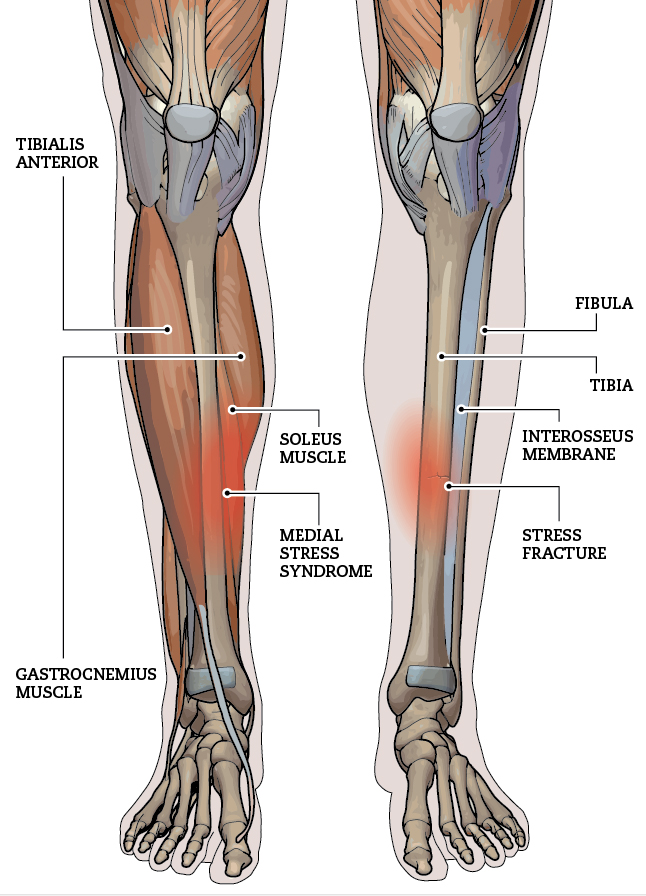In the early fourth quarter of the Lakers game against the Pelicans on February 27th, Lakers’ small forward Lance Stephenson sprained the second toe of his left foot. He walked off the court into the locker room and did not return.
X-rays of Stephenson’s foot taken after the game did not show a fracture. It’s not clear exactly what the injury is. Stephenson was ruled out of the Lakers game against the Clippers on March 4th. His condition is described as day-to-day, and that he will likely play again this week or next.
Generally, sprained toes heal with time and it is safe to keep playing. Pain can limit a player’s effectiveness. Earlier in the season, Golden State Warriors’ Draymond Green missed two games after spraining a toe. Stephenson’s teammate Tyson Chandler also missed a game in February due to a big toe sprain.
A sprain is a partial or complete tear of the ligaments that hold two bones together at a joint. A sprained toe is not the same as a broken toe, which is injury to a bone rather than just a ligament.
The pain from a sprained toe can be treated with ice packs and foot elevation. Occasionally a form of immobilization is used for comfort.

